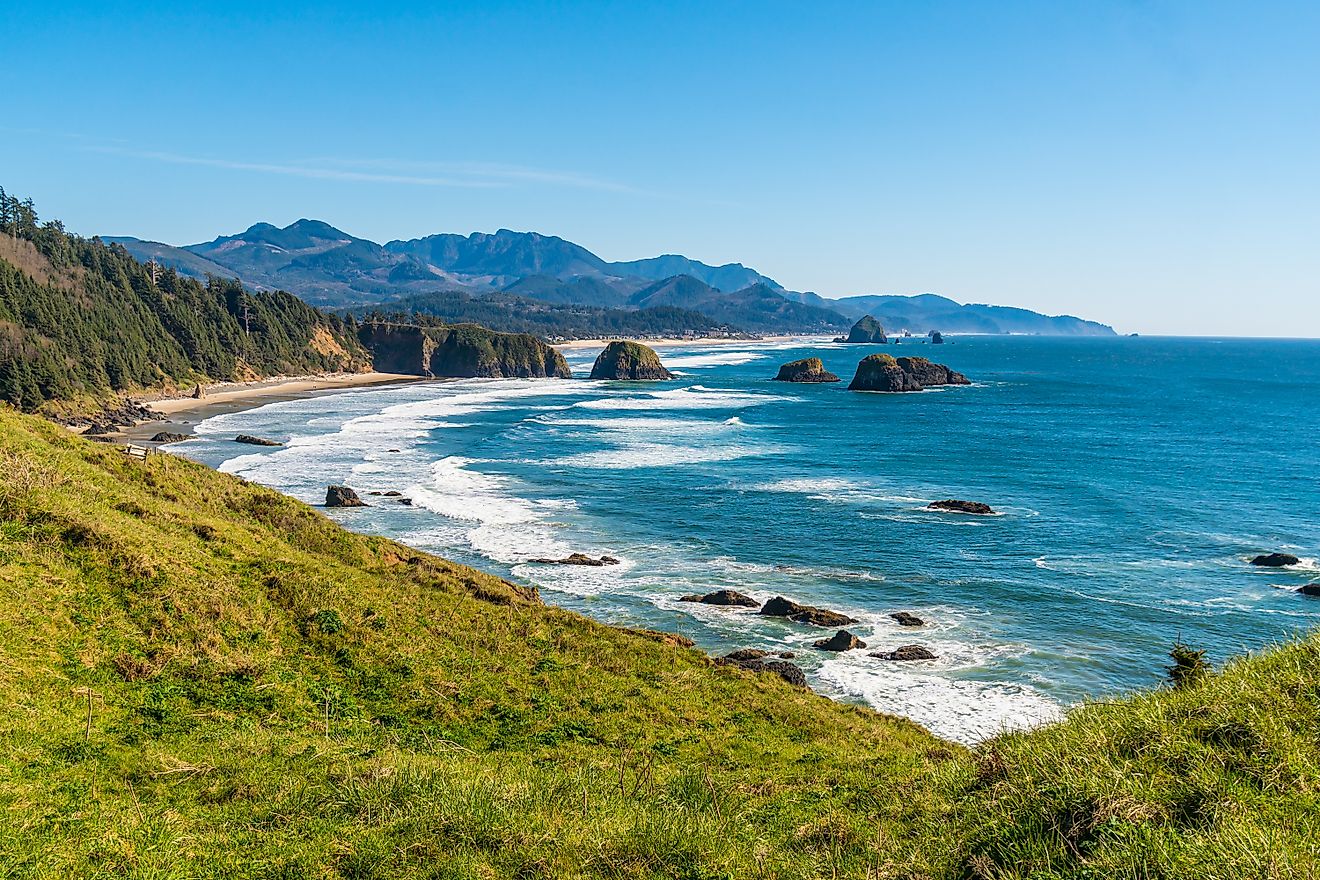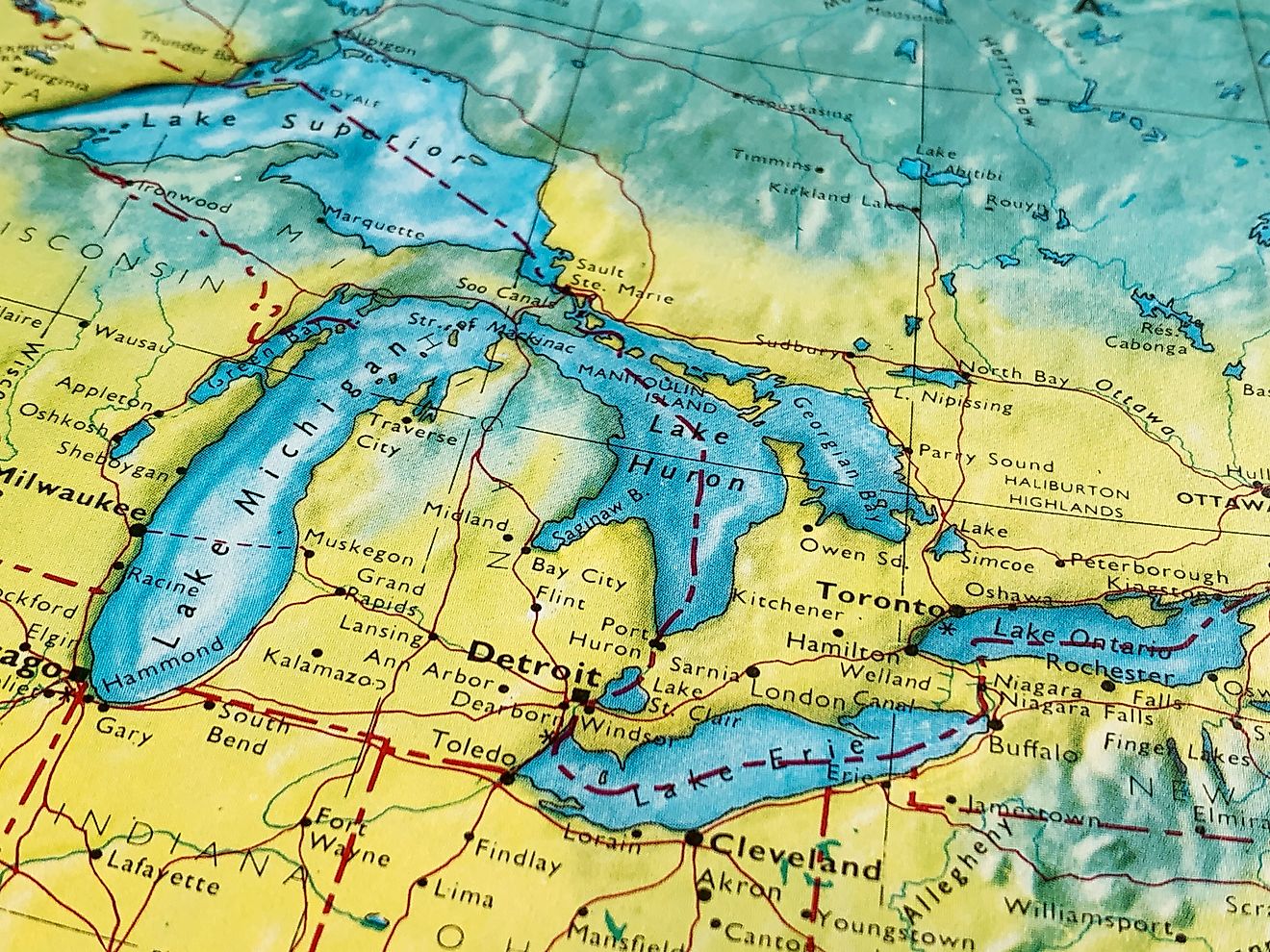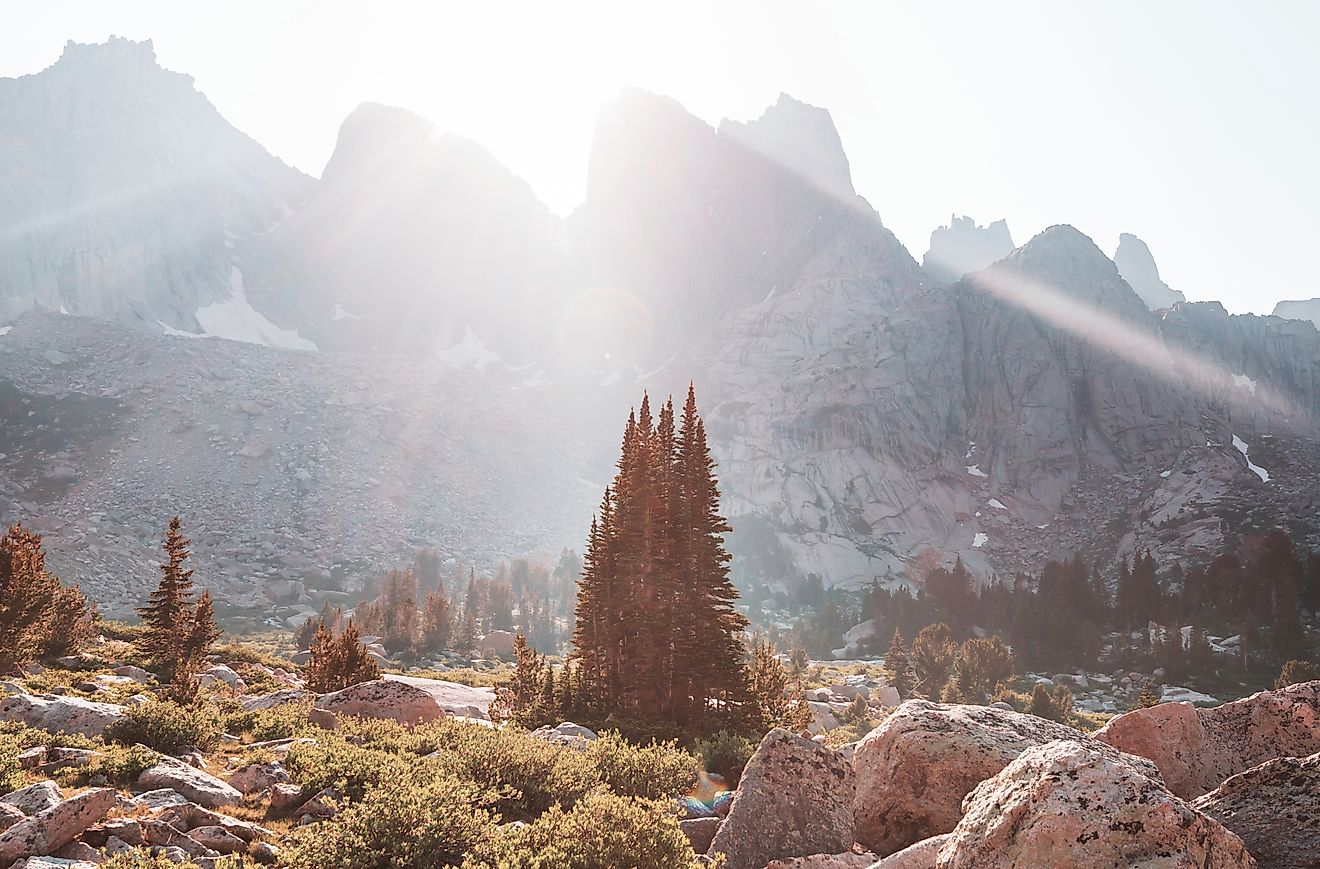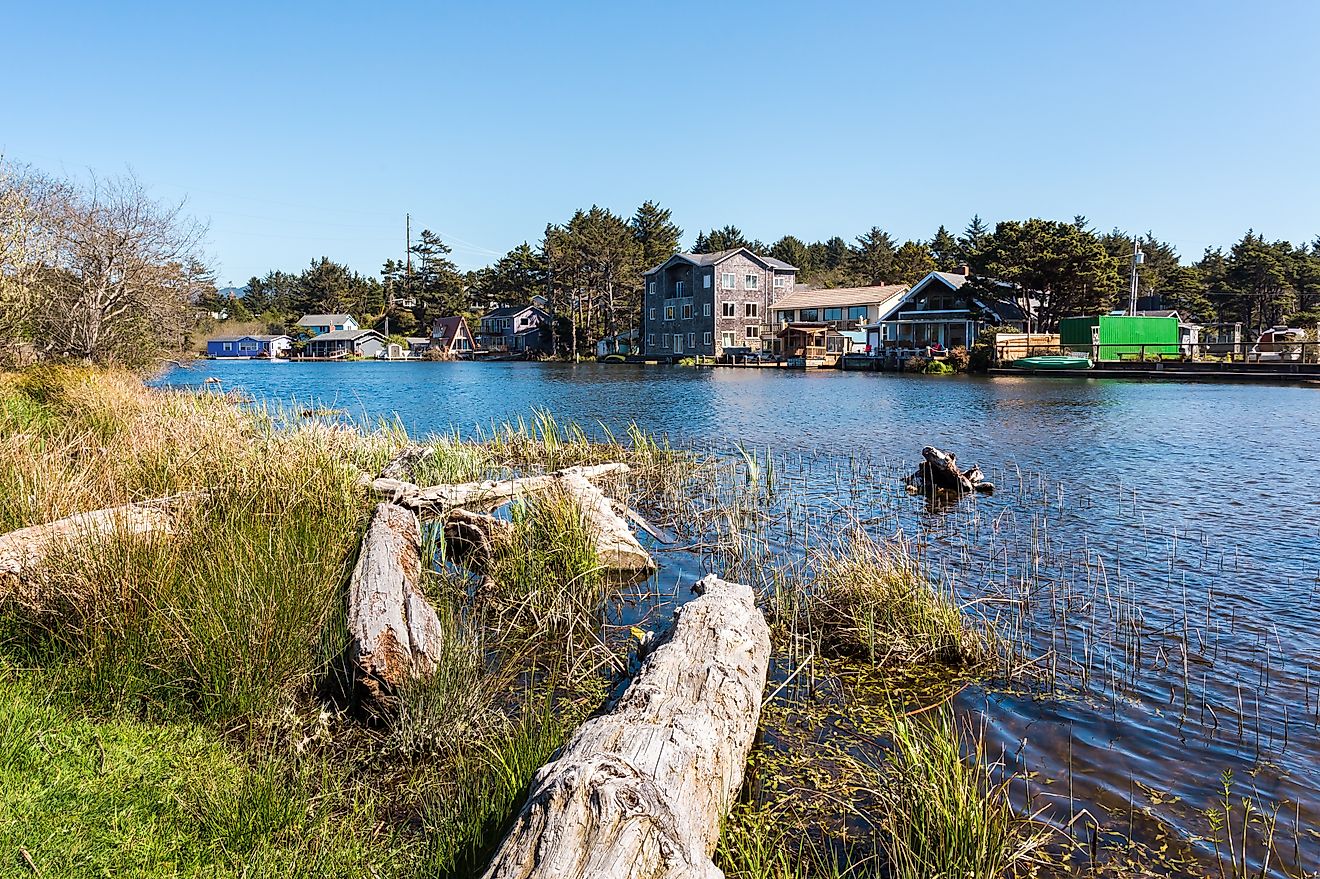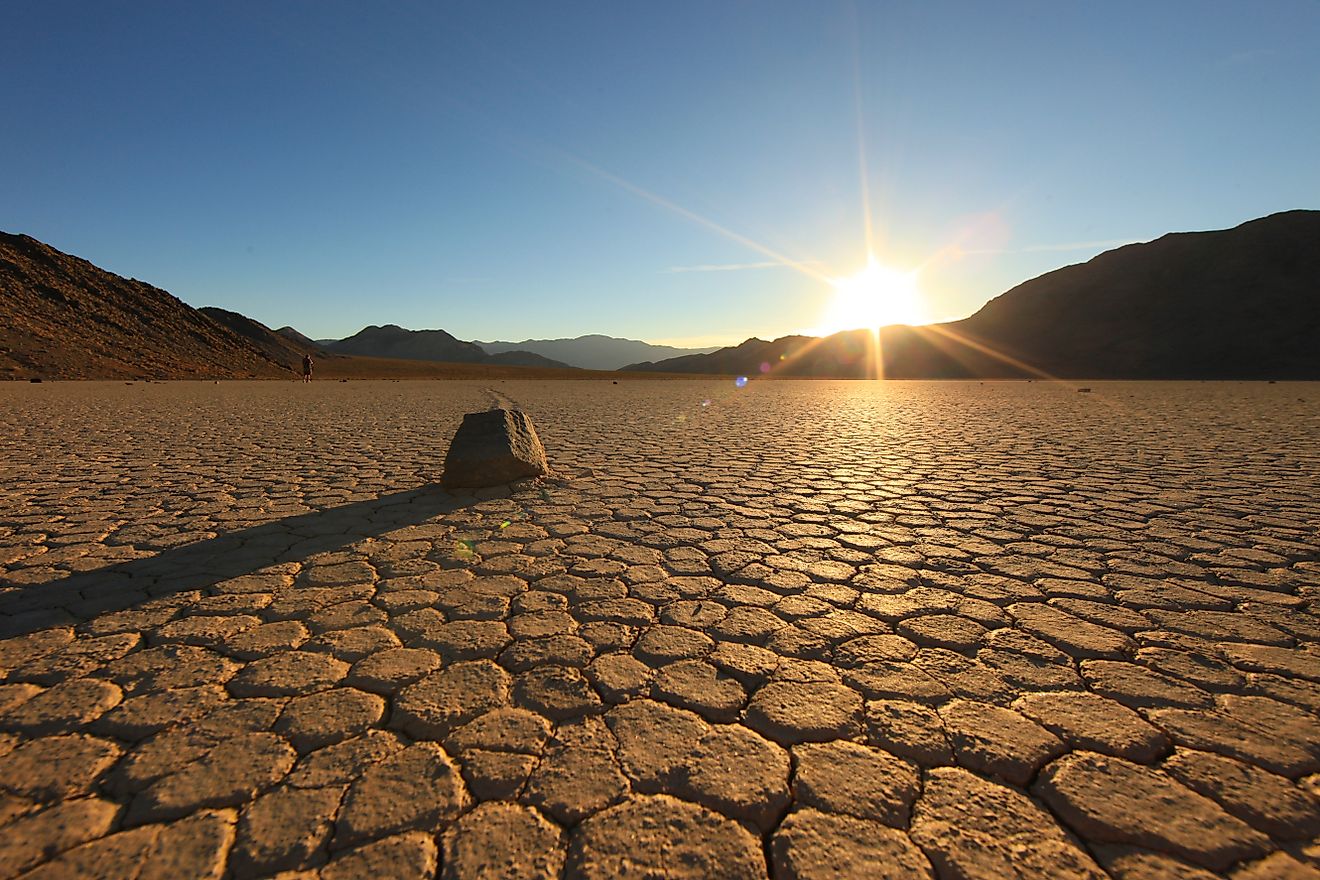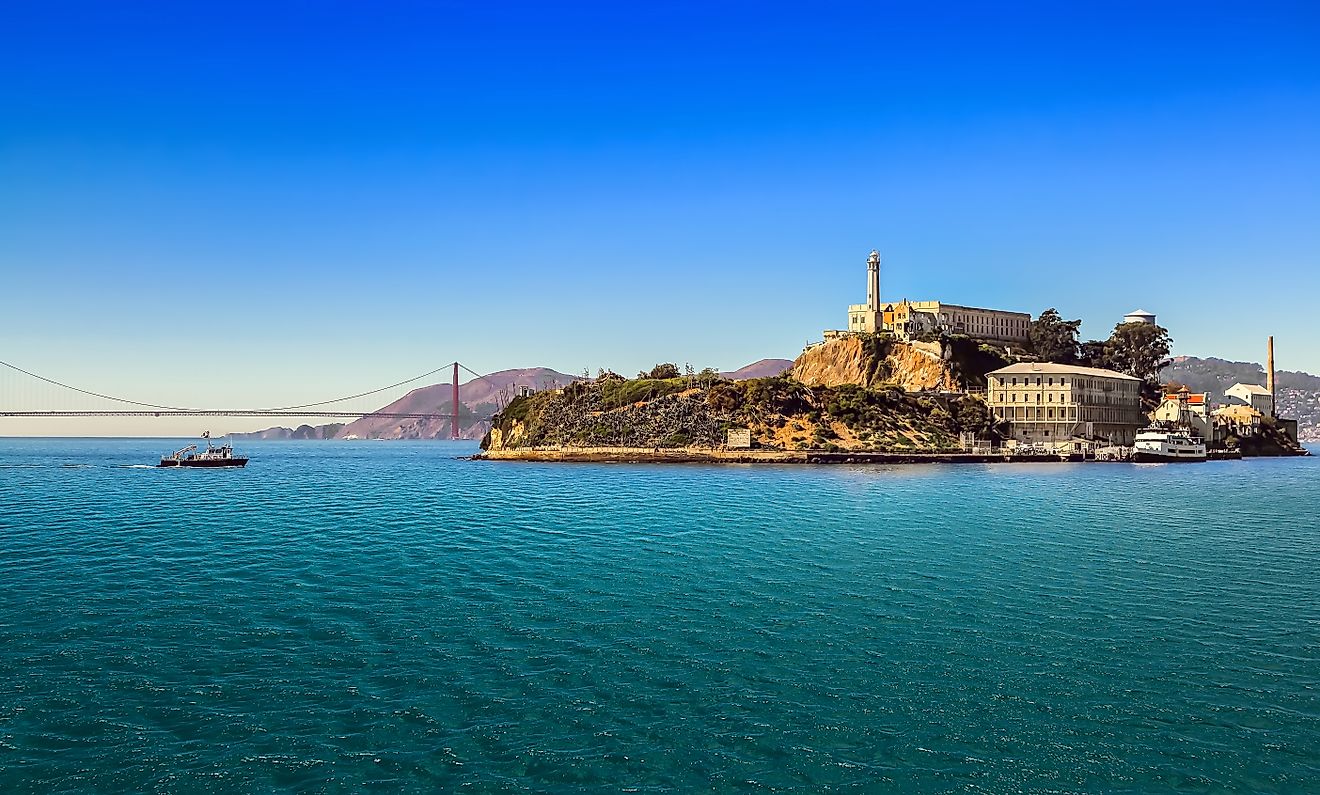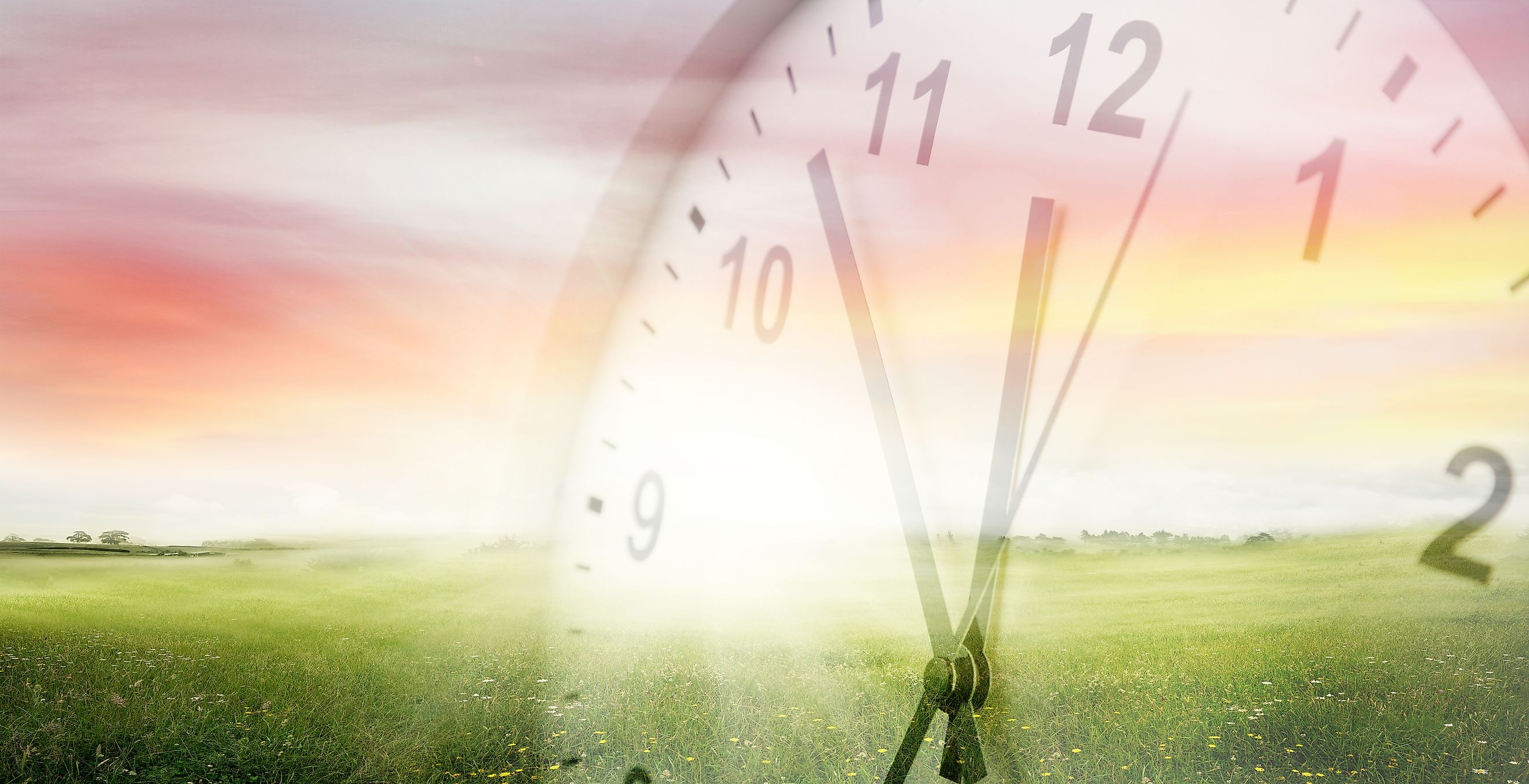
Which US States Don't Observe Daylight Savings Time?
Every year, American states adjust their clocks forward and backward in adherence to Daylight Saving Time (DST). However, a few states go against this national practice, opting to retain the standard time because of their distinct climatic and geographical conditions. So, why would certain states need to adjust their clocks?
Let's look at the concept of daylight saving time, how it came to be, and why the United States chose to adopt it. And, find out what states are exempt from DST as well as the reason behind it!
What is Daylight Saving Time?

View of house on summer vineyard landscape from window with alarm clock.
Daylight savings time refers to the practice of adjusting the clock by one hour ahead or one one behind standard time. This happens twice a year once in spring and in fall. The purpose is to encourage energy savings by taking advantage of increased natural daylight. Changing the clock by an hour allows for more daylight hours in the summer evenings and fewer daylight hours in the mornings.
Background On Daylight Saving Time
The main premise of DST is to harness increased natural daylight. This idea originated in Europe during the First World War. In 1916, Germany started observing DST to save on fuel consumption, and this practice later spread to other parts of Europe. The concept was introduced to America in 1918 with the signing of the Standard Time Act.
However, Congress later abolished it due to general unpopularity among the public. The next time a nationwide DST was enforced was in 1966 when President Lyndon Johnson signed the Uniform Time Act.
1970s Energy Crisis

US oil embargo. The ban on the import of oil into the country. Supply restriction. Oil rigs at sunset.
An oil embargo by the members of OAPEC resulted in widespread fuel shortages and a resultant price hike throughout much of the Western world, especially in the United States, Western Europe, Canada, New Zealand, and Australia. In response to the crisis, the United States extended DST from 1974 to 1975 to conserve fuel. Although it was a popular move during its proposal, with President Richard Nixon signing the law in January 1974, it started showing cracks by the end of the month.
The governor of Florida notably called for its reversal after an accident in the dark led to eight schoolkid fatalities. In a show of defiance, many schools across the nation delayed clocks until the rising of the sun. By fall, dwindling public support for DST forced Congress to repeal the law, voting for a switch back to standard time.
Controversy Around Daylight Saving Time
Despite its adoption across the country, there have been split opinions on DST through the years, with some people supporting it and others outrightly disapproving of it. The latter group points to its adverse effects on health, sleep, and energy use. For instance, according to a report by the American Academy of Sleep Medicine, most citizens opposed DST because it made them "extremely tired."
Other claims against DST have alluded to adverse health effects that could result in mood disturbances, heart attacks, strokes, and an increase in hospital admittances. The final case against DST is that the idea is outdated, as most people experience no changes in their lives before and after DST.
Which States Don't Observe DST?

Although there was a blanket adoption of DST across the United States with the signing of the Uniform Time Act, some states have historically been exempt from it and maintain their times as the rest of the country adjusts their clocks.
Hawaii
After the Uniform Time Act, Hawaii's officials determined there was no point in the state following suit due to its unique geographical location. Unlike other places, Hawaii's proximity to the equator ensures it receives enough sunlight all day throughout the years; hence, there is no need for DST. Its tropical location allows the hours of sunlight to remain consistent regardless of the season, as opposed to the continental United States, where summers have more natural light and winters have less natural light. Technically, there are no potential energy preservation benefits, which is what DST seeks to achieve.
Another reason Hawaii is exempt from DST is that it doesn't favor its two most crucial economic drivers, tourism and agriculture. Agriculture is a predominant industry in the states, and farmers find it more comfortable maintaining their traditional working schedules without biannual time interruptions. In the same way, Hawaii's thriving tourism industry sees a constant inflow throughout the year, and businesses, especially in the service industry, wouldn't want to interfere with visitor itineraries with the implementation of DST. Residents have provided various other reasons over the years
Arizona
Since 1968, most of the Arizona territory has been exempt from DST. This happened because the state legislature decided it wanted no parts of the Uniform Time Act 1966. The major reason for this was Arizona's geographical location, which allows it to receive plenty of natural daylight across the year. Observing DST would barely impact energy savings but only interrupt people's schedules.
Although a bill proposed in 2015 sought to reinstate DST observation in Arizona, it did not pass, and the state continues to go against the grain. However, there is an exception to the non-compliance. The Navajo Nation, which covers much of northeastern Arizona, adjusts its clock twice a year because it straddles parts of New Mexico and Utah that continue to apply DST.
Conclusion
Arizona and Hawaii have chosen not to observe daylight saving time owing to their unique geographical contexts. While DST aims to take advantage of natural daylight by shifting clocks forward in the spring, Arizona's little seasonal light variations and Hawaii's consistent tropical sunlight make the time change ineffective. Their landscapes and climates are simply not conducive to the conditions DST seeks to optimize. As a result, Arizona and Hawaii maintain consistent time zones year-round instead of seasonal time adjustments. This allows their industries and residents to operate efficiently according to the natural daylight cycles specific to each location.


